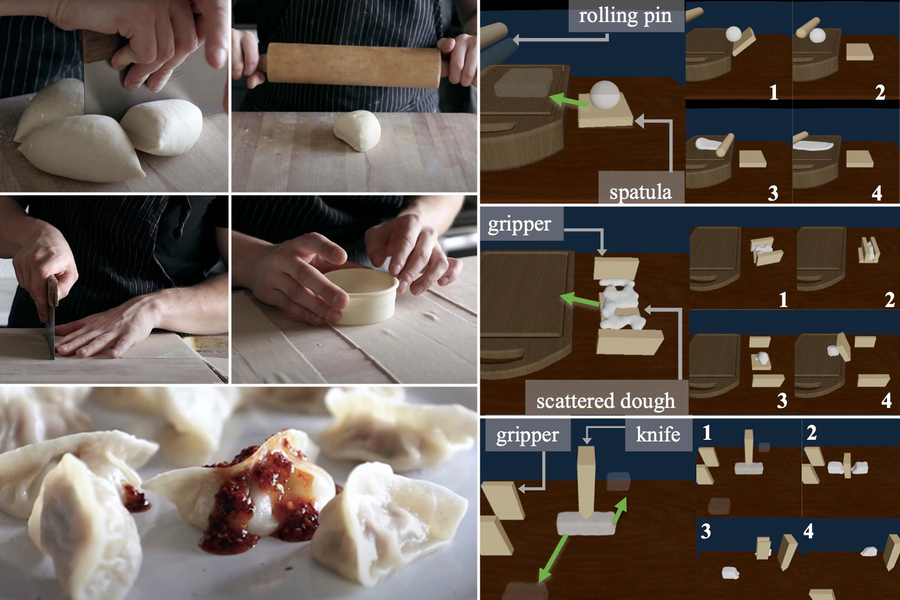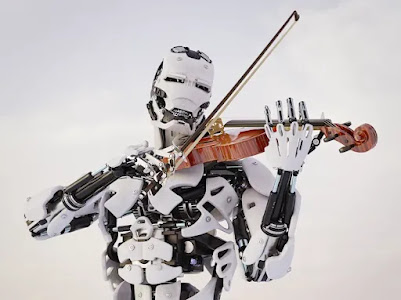Can robots make pizza?
:max_bytes(150000):strip_icc()/20211115-OONI-PIZZA-ARMENIAN-ANDREW-JANJIGIAN-23-5447ecc61b12450d9a09f38cca67c19c.jpg) |
| Pizza Dough |
Nowadays, more and more companies and higher-education institutions are investing vast amounts of resources in developing Artificial Intelligence (AI) systems and robots. Companies such as Boston Dynamics, Kawasaki, Google, and Zebra have spent billions of dollars on developing cutting-edge robotic systems. Additionally, educational institutions such as MIT, the University of Pennsylvania, and the University of Tokyo are currently researching novel AI algorithms and techniques. Researchers are working on designing robots that can adapt to mutable environments and challenging situations. More and more engineers and computer science students are specializing in robotics and their applications in the real world. Governments across the world are founding organizations and institutions to do research in this field and find profitable real-world applications.
Today, we see more and more robots in factories, research labs, or in our households. From robots capable of assembling vehicles or robots traveling to outer space and performing challenging experiments on Mars's surface, to robots capable of assisting neurosurgeons through extremely complex procedures. Not all the applications of robots must sound as epic as these: some restaurants in countries such as Japan and South Korea are currently using robots to cook and serve food. This is only the beginning of a new era. Robots and Artificial Intelligence have changed the world and will shape how we understand our modern societies in the future.
 |
| Cook Robot in Japan |
Let’s imagine we are making some pizza. Firstly, we need to work on the ball of fresh dough. Then, add our favorite tomato sauce and find some toppings. While playing with pizza dough is an easy task for humans, it is a difficult task for robots. A dough is a deformable object, and its shape will vary in many ways during the process. Shaping this with equations is extremely challenging. Additionally, dough manipulation does not only involve challenging movements but the usage and operation of multiple tools and objects to complete this job.
Researchers at MIT, the University of California at San Diego, and Carnegie Mellon University have created a framework called DiffSkill for robots to perform complex dough-manipulation tasks over a long timeframe. This tool uses two different machine learning algorithms. Firstly, teach the robot how to do it: this is a trajectory optimization algorithm that works in a simulator and models the physics of the real world by using the dough’s initial state to predict the target location of this one. The algorithm learns how the dough must move at each stage and time by following the predicted trajectories. Secondly, the robot tries the best ways to execute the patterns previously learned: a neural network imitates the actions performed over the simulator. By using camera images, the robot knows the shape of the dough in real-time and determines a plan to reach the goal using the skills learned from the simulation. In recent simulations, robots using this framework have successfully completed manipulation tasks such as cutting and spreading dough or gathering pieces of dough from the cutting board.
 |
| DiffSkill Dough Manipulation Simulation |
 |
| Dough Live Manipulation |
While robots in the food industry might be a game-changer, this arises serious discussions and questions across nations. Robots can easily substitute humans and do the hard work: intensive labor, reduce on-the-job injuries, improve product quality, strictly follow safety regulations, and increase productivity. Robots cannot only work as professional chefs, but they can also serve food to customers, and clean dishes… it is important to highlight that manufacturing this type of multi-task robot is extremely expensive, and not all restaurants across the United States could afford them. However, this opens multiple interesting debates: should robots substitute humans in the food industry? Do we want our food to be served and cooked by robots? Should food industry leaders invest in this technology?
Some resources used:
